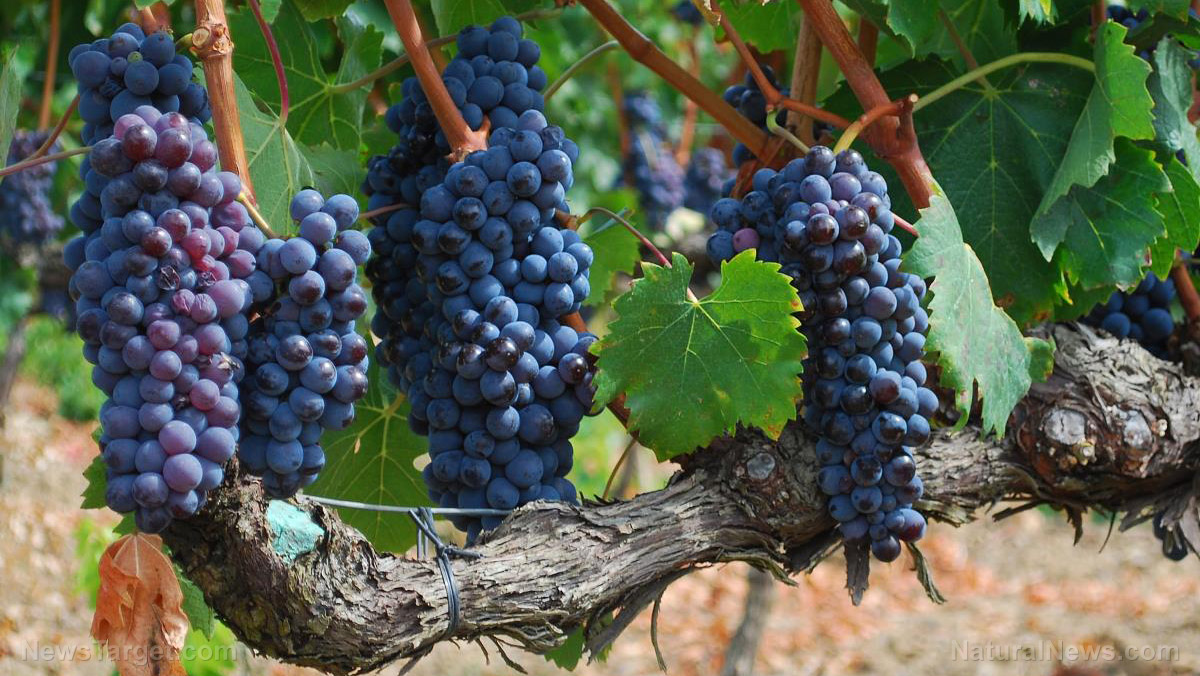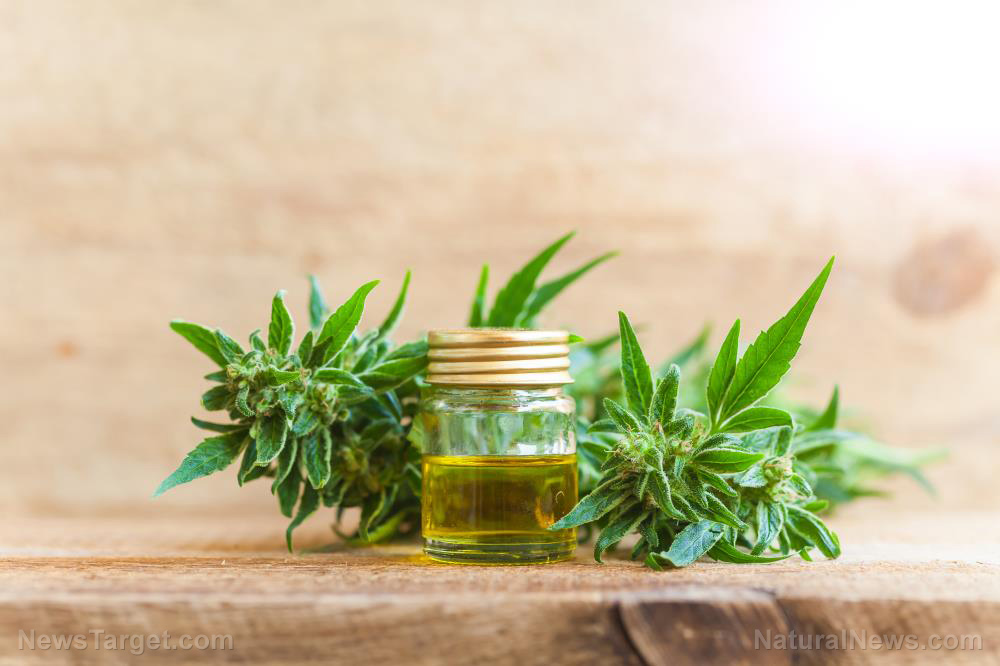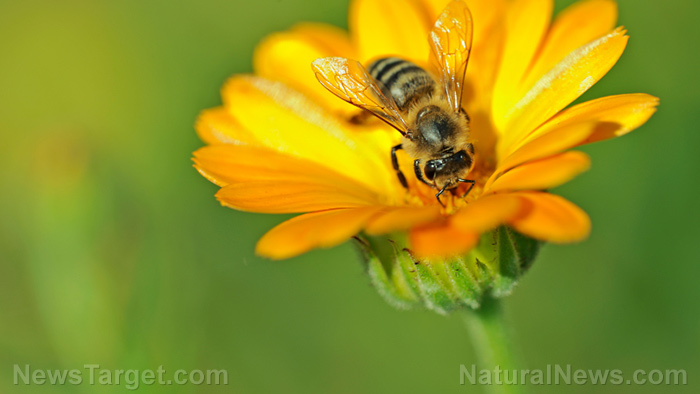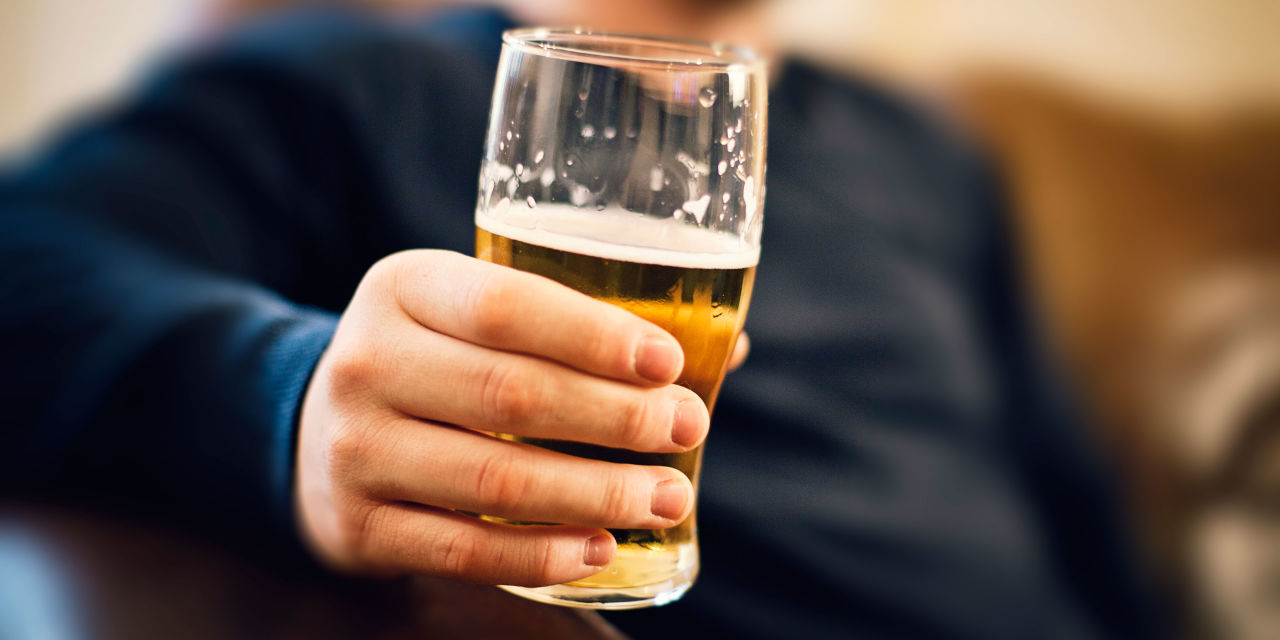Are your finger joints swelling? It could be a sign of arthritic damage in the knees
04/15/2019 / By Zoey Sky

Heberden’s nodes refer to bony growths that form on the joints closest to your fingertips. These growths are partly responsible for the gnarled look of arthritic hands. According to a study, Heberden’s nodes in finger joints could indicate knee osteoarthritis. The study was published in the journal Arthritis & Rheumatology.
Heberden’s nodes and arthritis
Heberden’s nodes usually form after the cartilage between your finger joints is worn away because of osteoarthritis. Once the cartilage is gone, bone rubs on bone. This results in bone loss.
When your body tries to grow replacement bone on the affected joint, it often forms the pea-sized Heberden’s nodes.
Dr. Arya Haj-Mirzaian, lead author of the study, explained that while knee osteoarthritis lacks obvious markers, joint swelling in the fingers may indicate similar damage occurring in the knees.
He said that the presence of these nodes in a physical examination is linked to an unmistakable pattern of worsening osteoarthritis-related structural damage in a patient’s knee joint.
Haj-Mirzaian, who is also a postdoctoral fellow at Johns Hopkins University School of Medicine, noted that their research may help healthcare professionals diagnose generalized osteoarthritis even when symptoms are limited to the joints in the hands.
The findings could also be used to identify a new subcategory of osteoarthritis specific to individuals who have Heberden’s nodes as a marker for systemic conditions.
Osteoarthritis isn’t a simple disorder and it is often associated with various causes such as genetics, gout, or trauma. The study implied that researchers need to look into arthritis based on these nodes. Haj-Mirzaian also believed that Heberden’s nodes could affect the hips and other joints.
According to research dating back to 1989, there may be a possible relationship between Heberden’s nodes and osteoarthritis in the hips.
Nodes and periarticular bone expansion
In their study, Haj-Mirzaian and his team observed 395 patients with Heberden’s nodes and 188 without the visible joint swelling. The scientists determined significant links between the presence of Heberden’s nodes and imaging measures of knee osteoarthritis in the participants.
This study included the MRI exams of participants. It also referenced a 2018 study by Haj-Mirzaian et al. which identified similar associations using x-rays and physical exams of the knee.
In the current study, the scientists discovered more periarticular bone expansion in the knee joint in volunteers with Heberden’s nodes, especially in the femoral joint. Additionally, results showed that the Heberden’s nodes group had less development of osteophytes or bone spurs in the same area of the knees.
Dr. David Clark Hay, an orthopedic hand and wrist surgeon at Cedars-Sinai Kerlan-Jobe Institute in Los Angeles, suggested that the link between arthritis at two different sites in the body should be investigated further.
He said that the study could pave the way for future research into the underlying mechanism. It is possible that “the same underlying genetic/biologic process that drives [Heberden’s nodes] formation in the hand” is associated with the periarticular joint expansion in the knee.
However, only continued study could verify if this is different from the mechanism behind osteophyte formation. (Related: Correcting arthritis in the knee: Non-invasive bone growth stimulators such as magnetic or ultrasound treatments found to improve pain, quality of life.)
Suggested diet for osteoarthritis
If you have osteoarthritis, avoid these foods to minimize inflammation, which can worsen your condition.
- Refined carbohydrates – Refined carbohydrates, like white bread, white rice, and potato chips, fuel the production of advanced glycation end (AGE) oxidants. AGE oxidants can trigger inflammation in the body.
- Saturated fat – Foods high in saturated fat, like pizza and red meat, may trigger inflammation in the fat tissue. Fatty foods can also increase your risk of heart disease, obesity, and other conditions.
- Sugar – Processed sugars can prompt the release of cytokines that function as inflammatory messengers in your body. The sugars in sweetened beverages such as certain juice drinks, flavored coffee, soda, and sweet tea may worsen inflammatory conditions.
Visit ArthritisCures.news to read more stories and studies on the symptoms of knee osteoarthritis.
Sources include:
Submit a correction >>
Tagged Under:
aging, arthritic damage, arthritis, bone health, Bones, joints, knee osteoarthritis, knees, Osteoarthritis, research, science, swelling
This article may contain statements that reflect the opinion of the author
RECENT NEWS & ARTICLES
ArthritisCures.News is a fact-based public education website published by Arthritis Cures News Features, LLC.
All content copyright © 2018 by Arthritis Cures News Features, LLC.
Contact Us with Tips or Corrections
All trademarks, registered trademarks and servicemarks mentioned on this site are the property of their respective owners.


















